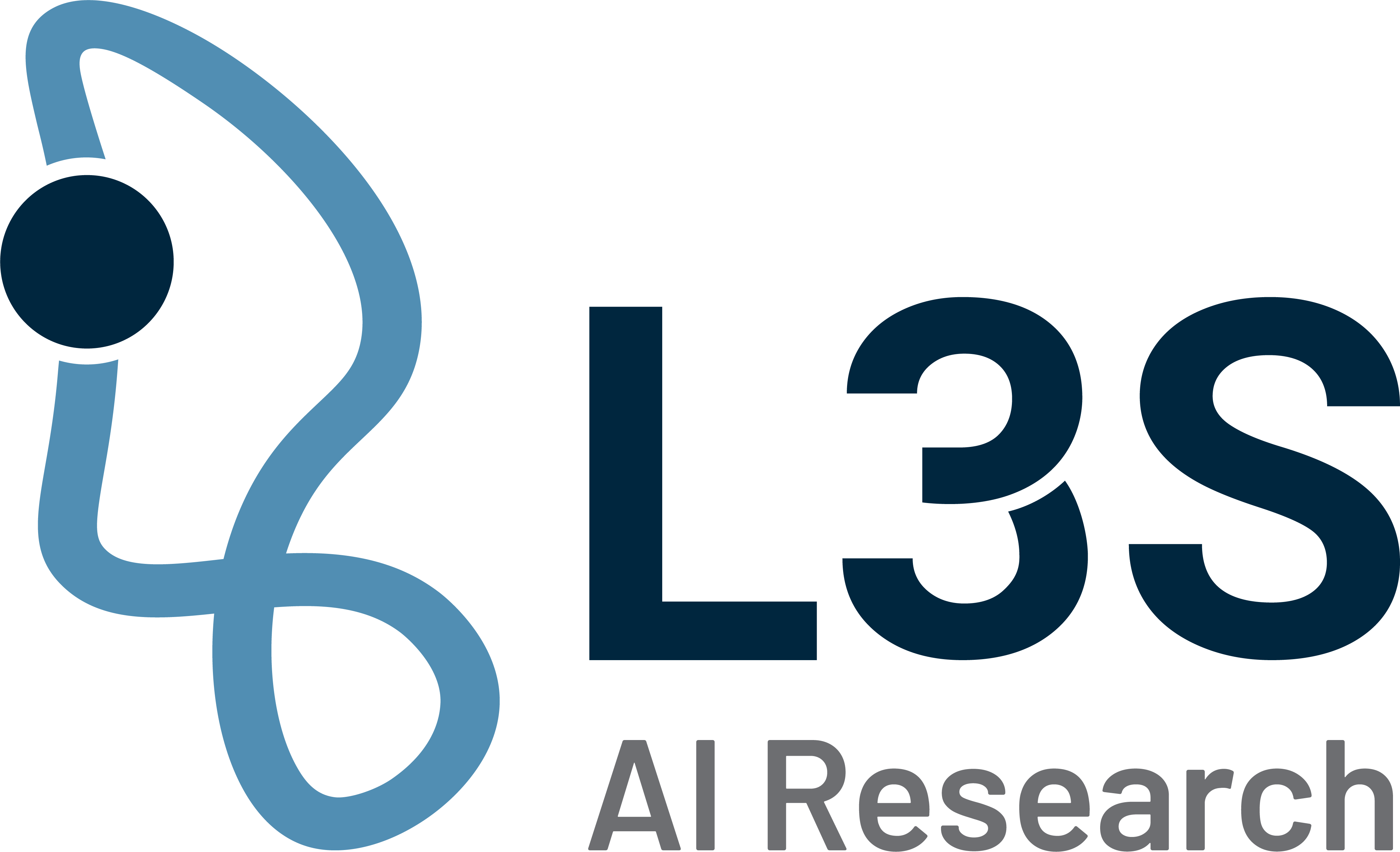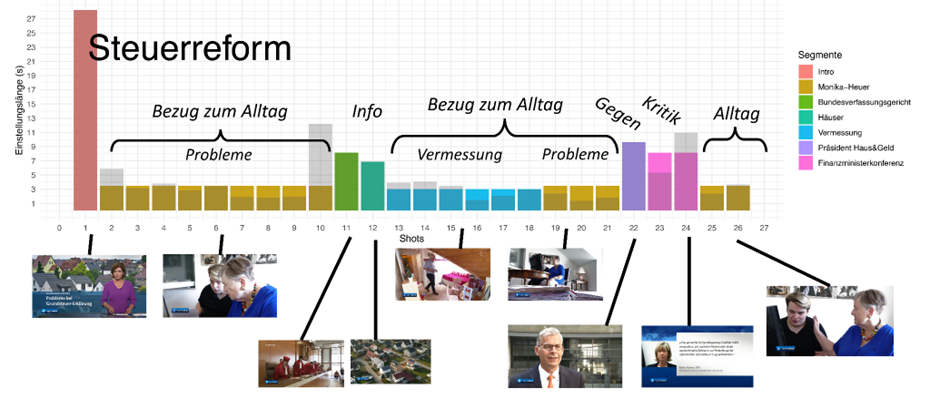
Structure of a Tagesschau report on the property tax reform discussion of 17 August 2022. Narrative patterns typically seen in films are used; for example, the reference to everyday life is first established at the beginning of the report and then taken up again at the end to create a story arc. The criticism of politics is renewed based on previously shown information and interviews. (Source: Article not yet published by project partners John Bateman, Manuel Burghardt and Chiaoi Tseng)
Comparison between Public Service and Alternative News Videos
Understanding Narratives of Disinformation
Trust in the news continues to decline in Germany. One of the reasons is false or misleading information in social media, which spreads quickly through viral mechanisms. However, it is not only alternative news sources that contribute to disinformation. New research findings show that even reputable news formats can unintentionally have a disinforming effect. They increasingly use narrative patterns, such as close-ups of emotional gestures or facial expressions, primarily applied in feature films to trigger certain feelings in viewers. As a result, there is a risk that some of the audience will no longer trust serious news and turn to sources that deliberately spread false information or distort facts.
Researchers at L3S and colleagues from the University of Bremen and the University of Leipzig investigate the effect of disinformation narratives in public service news programmes and news videos from alternative sources. Their FakeNarratives project is one of ten research projects funded by the Federal Ministry of Education and Research (BMBF) to recognise, understand and combat disinformation on the internet.
Revealing mechanisms
The interdisciplinary project team combines discourse analysis, linguistic analysis and research methods from the digital humanities with machine learning methods for video analysis and visual analytics. “Based on these findings, we are developing semi-automatic approaches that will also be integrated into a software tool,” says Prof Dr Ralph Ewerth, who is leading the project at L3S. The researchers want to systematically reveal the mechanisms and strategies of disinformation narratives and derive effective countermeasures based on large-scale media analysis. “We want to provide concrete recommendations and solutions for the producers of public service news programmes that help to avoid unwanted disinformation narratives and neutralise disinformation campaigns.”
Multimodal analysis
Ewerth and his team members at L3S, Dr Eric Müller-Budack and Gullal Cheema, are primarily concerned with extracting voice, image and text information from news videos. The scientists use the latest deep-learning methods from machine vision, audio analysis and natural language processing. They also use so-called vision-language models, which combine computer vision approaches with novel large-language models of generative AI, such as GPT-4, and extract a large amount of information from videos. Together with innovative forms of visualisation and modern approaches to discourse analysis (which the teams in Leipzig and Bremen are working on), the extracted information is used to identify narrative patterns of (dis)information in news videos.

From a Tagesschau report on Russia’s war in Ukraine from 1 March 2022. During the excerpt, the following is said: “An incredible burden, especially for the children. They fled from Lviv. The family is torn apart.” By combining the image, which shows a close-up of a sad child, with superlatives (“unbelievable”) and the choice of words (“torn apart”), extremely negative emotions are deliberately channelled into the report. As the objectivity of the article is thereby impaired, this could have a disinforming effect on the audience. Source.
Contact
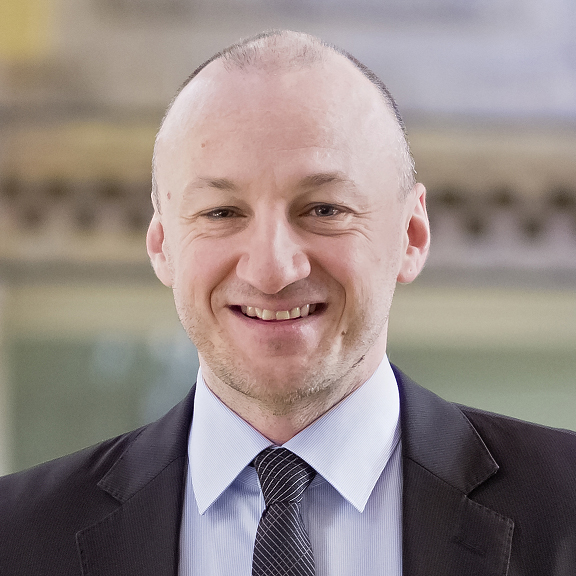
Prof. Dr. Ralph Ewerth
Ralph Ewerth is a member of L3S. He heads the Visual Analytics research group of the Joint Lab of L3S and TIB (Leibniz Information Centre for Science and Technology). He is a Professor of Visual Analytics at Leibniz Universität Hannover.
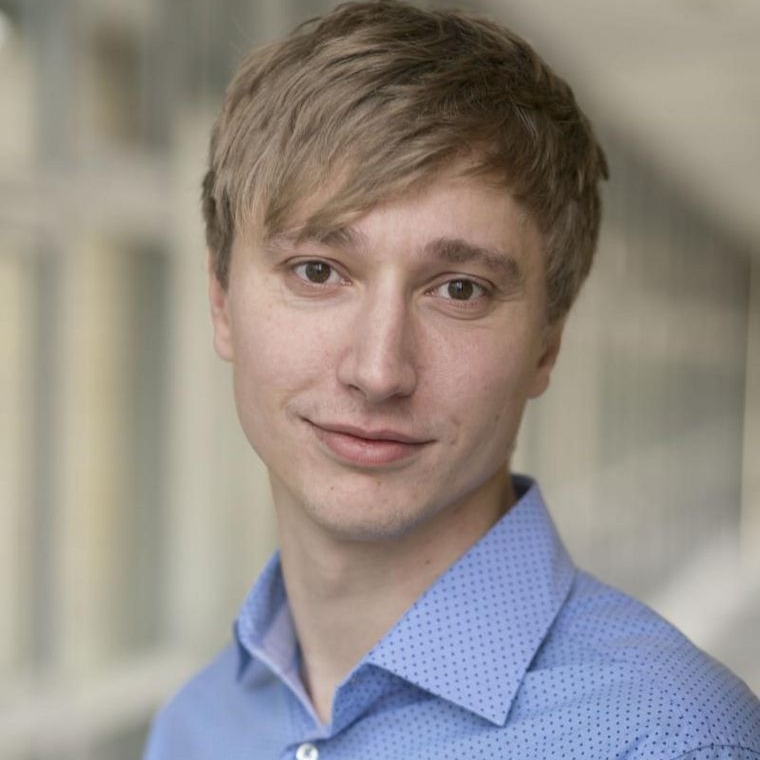
Dr.-Ing. Eric Müller-Budack
Eric Müller-Budack is a postdoctoral researcher in the Visual Analytics research group of the Joint Lab of L3S and TIB (Leibniz Information Centre for Science and Technology). His research focuses on computer vision and multimedia information retrieval.

